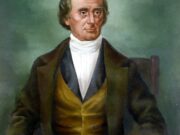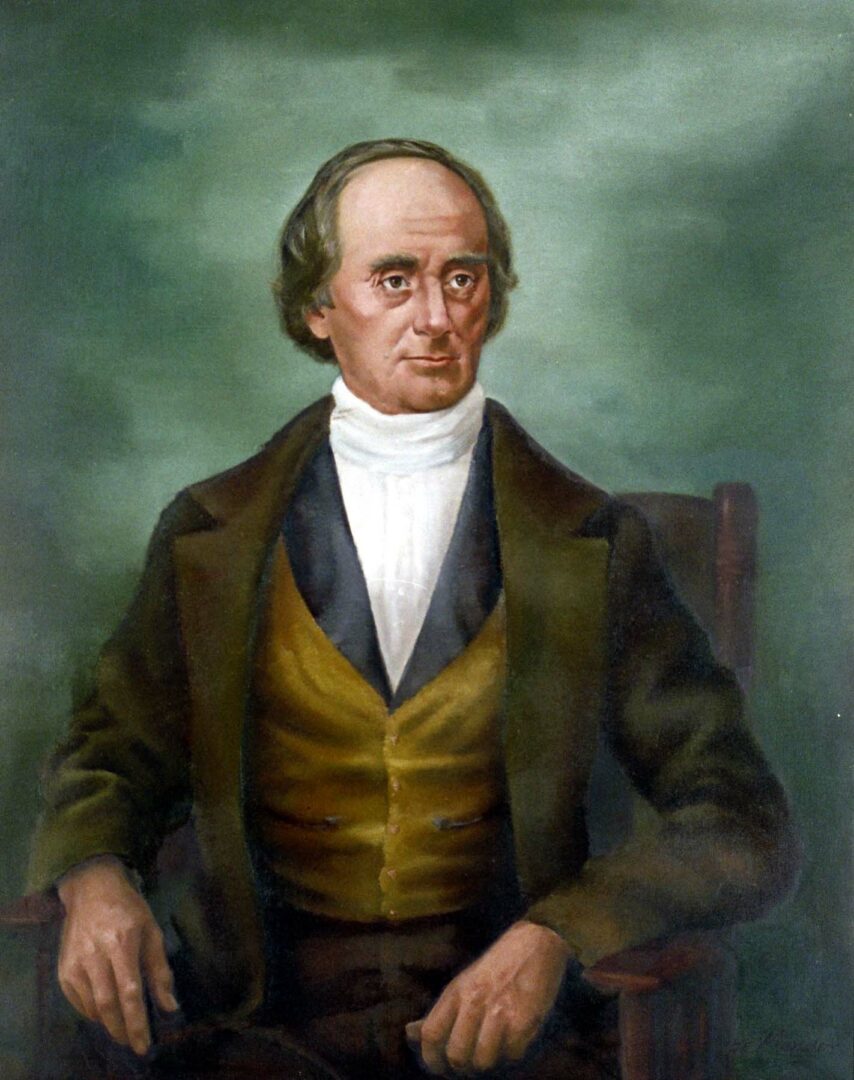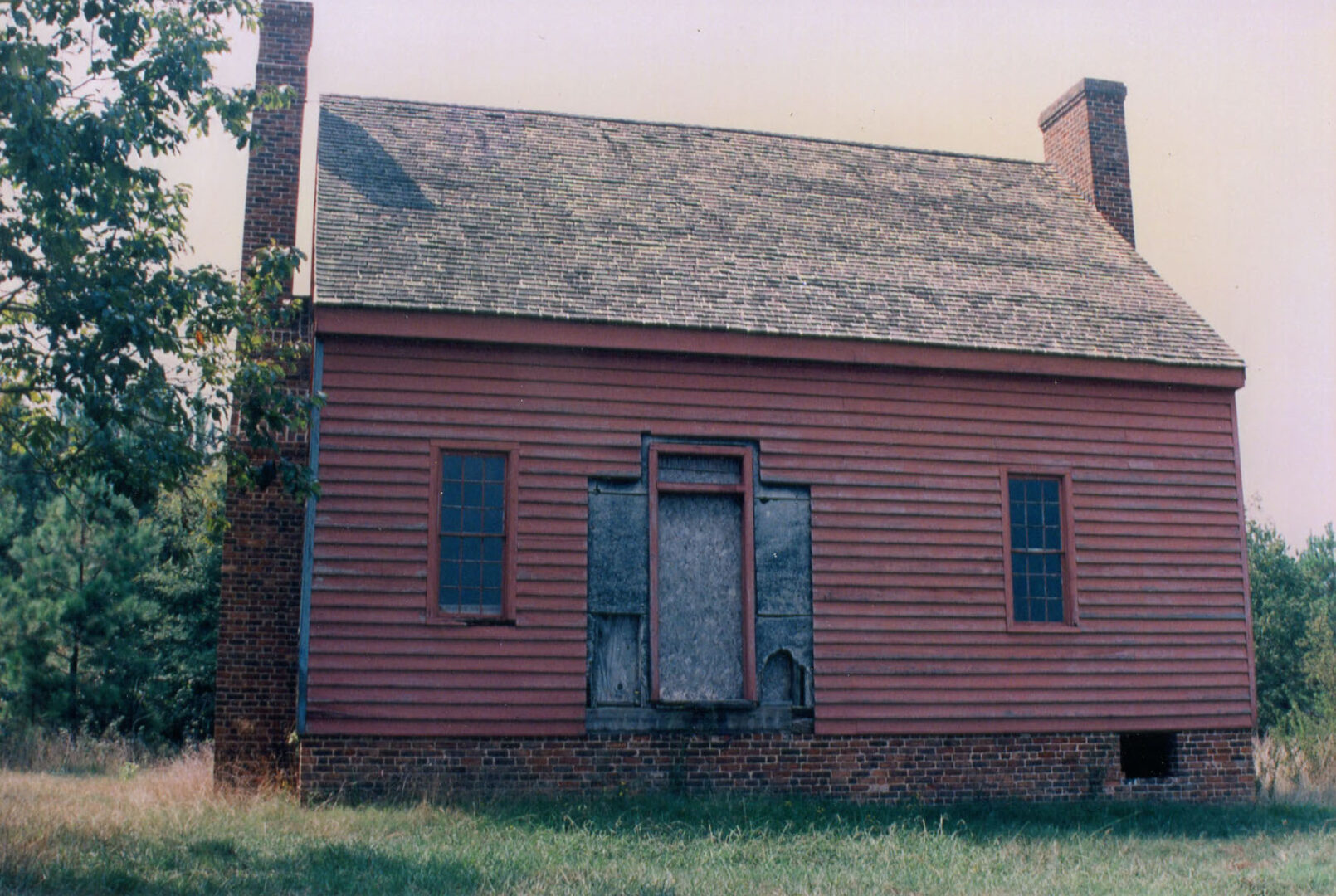George R. Gilmer, a two-time Georgia governor during the 1830s, is best known for his successful efforts to remove the Cherokees from the state. He was also a state legislator, a U.S. congressman, and an army officer during the War of 1812 (1812-15). At various times in his life, Gilmer also served as a teacher, an author, a historian, a lawyer, and a trustee of the University of Georgia. Gilmer County, in the north Georgia mountains, is named in his honor.
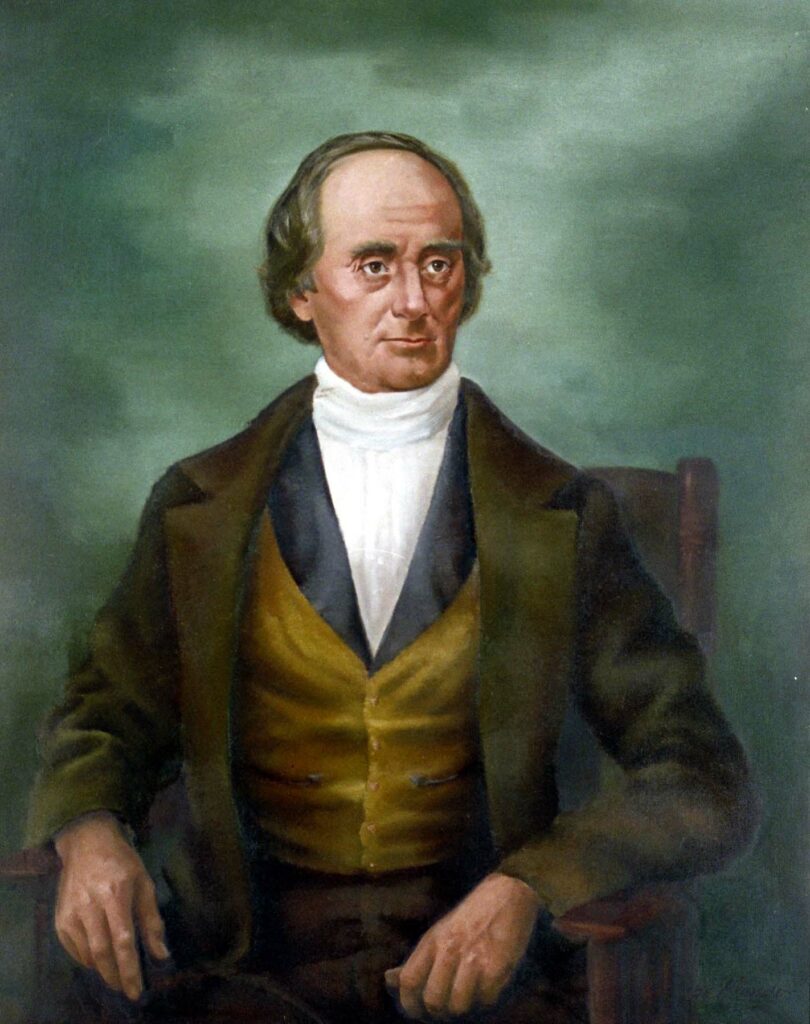
Courtesy of Georgia Capitol Museum, University of Georgia Libraries
George Rockingham Gilmer, the fourth of nine children, was born on April 11, 1790, in Wilkes County (later Oglethorpe County) to Thomas and Elizabeth Lewis Gilmer, both Virginians who settled in the Goose Pond community on the Georgia frontier. Gilmer studied for four years at the academy of Moses Waddel in Willington, South Carolina, and then briefly taught school in Lexington, while he concurrently read law with Stephen Upson, a local attorney.
While in his early twenties, Gilmer fought in the War of 1812 and achieved the rank of first lieutenant in the Forty-third Regiment of the U.S. infantry. At the war’s end, he returned to Lexington, where in 1818 he began the practice of law. That same year Gilmer successfully capitalized on his military experience and his legal training to make a successful run for a seat in the Georgia House of Representatives.
In 1820 Gilmer was elected to the U.S. House of Representatives, but poor health prevented him from seeking reelection in 1822, the same year in which he married Eliza Frances Grattan. By 1824 he had recovered sufficiently to return to the Georgia legislature. At that time, Gilmer actively supported fellow Georgian William Harris Crawford in his bid for the U.S. presidency. In 1827 voters selected Gilmer, in a specially called election, to fill the vacated seat of Edward Tatnall in the U.S. House of Representatives. Gilmer was elected once again to the U.S. Congress in 1828; however, because he failed to signify his acceptance of office within the time specified by law, he did not serve the 1828-30 term.
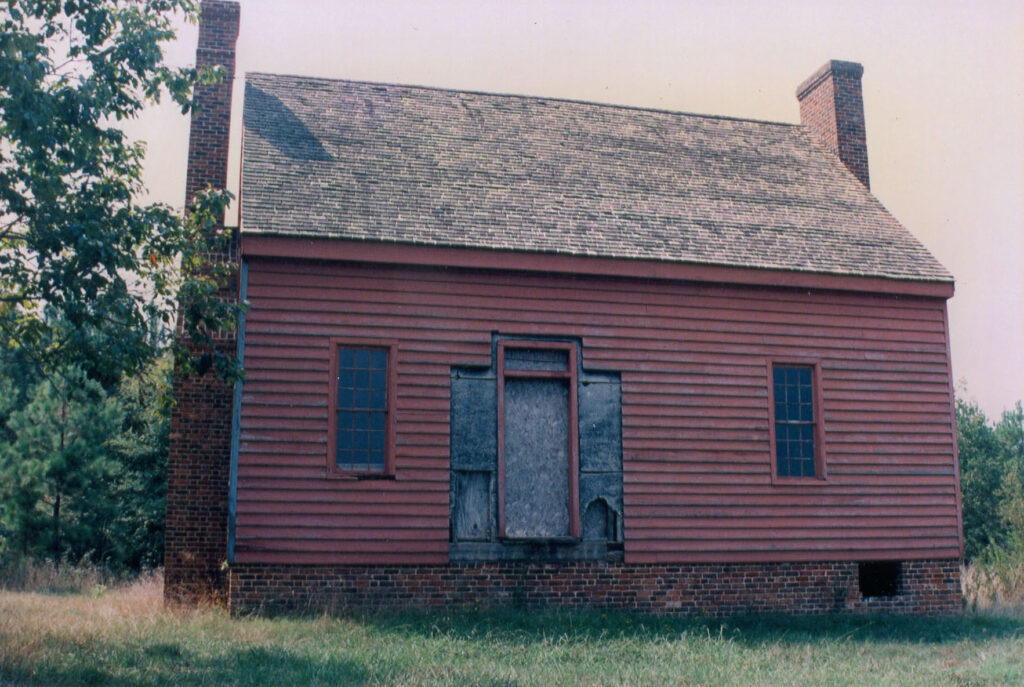
Photograph by Carol Ebel
During the 1830s Gilmer served two nonconsecutive terms as Georgia’s governor and one additional term as a representative in the U.S. Congress. During his first term as governor (1829-31), Indian affairs were Gilmer’s top priority, as conflicts erupted between white settlers, whose numbers had increased in north Georgia following the discovery of gold in 1829, and the resident Cherokees. Gilmer, and ultimately the state legislature, responded by passing legislation that extended state law to all parts of the Cherokee Nation located within Georgia’s borders. Additionally, that legislation stipulated that all white men who resided within Cherokee territory sign an oath upholding their allegiance to Georgia. Although these actions were challenged in the U.S. Supreme Court, which ruled against Georgia in both 1831 (Cherokee Nation v. Georgia) and 1832 (Worcester v. Georgia), the Cherokees did not appreciably benefit from the court’s decisions.
In 1835 the Cherokees signed the Treaty of New Echota, which forced their removal from the Southeast to the Oklahoma Territory in a migration that came to be known as the Trail of Tears. Gilmer, who began his second term as governor in 1837, oversaw the final removal, which was completed in 1839. In 1838 Gilmer raised a regiment, commanded by Charles Rinaldo Floyd, to drive Seminoles seeking refuge in the Okefenokee Swamp out of the state during the Second Seminole War, which was being fought in north Florida.
After his final gubernatorial term ended in 1839, Gilmer spent the last twenty years of his life in Lexington. During these years he tended his farm and served as a trustee to the University of Georgia. He also published Sketches of Some of the First Settlers of Upper Georgia (1855), a volume that chronicles the experiences of his family and acquaintances in early Georgia, including his mother’s impressions of Nancy Hart, a heroine of the Revolutionary War (1775-83).
Gilmer died on November 15, 1859, in Lexington, where he is buried in the Presbyterian Cemetery.


